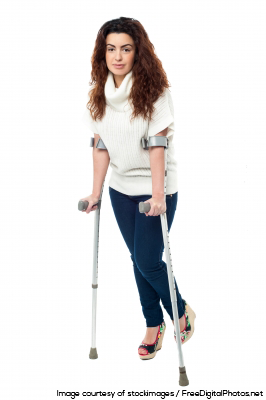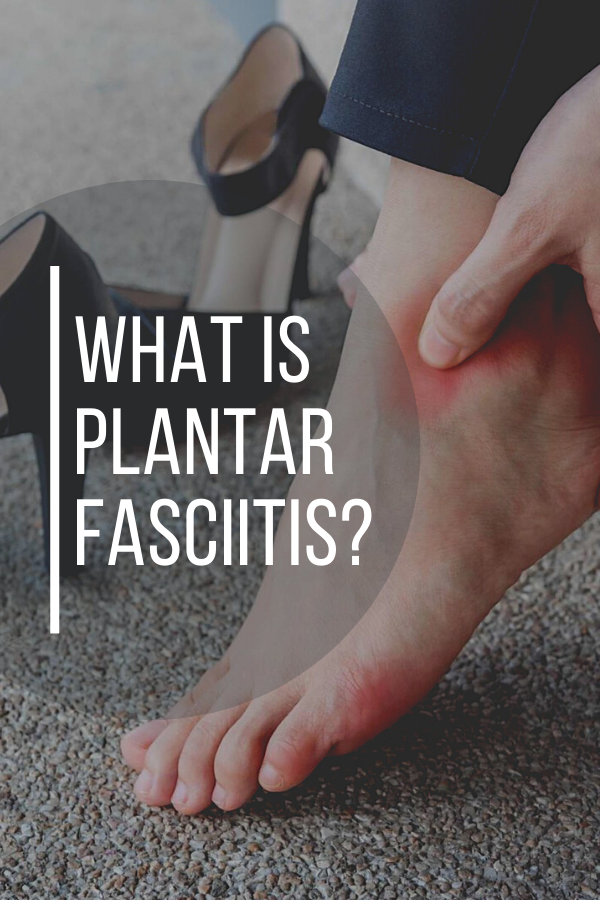 Tried everything you can?
Tried everything you can?
Maybe not yet! Plantar fasciitis (PF) can be immovable and stubborn, but a lot of people suffering from chronic foot ache have never even heard of the best medical treatment options available …
What is plantar fasciitis? What is plantar fasciitis recovery time? What treatments work for it and hasten the recovery and lessen the recovery time? Soon you will get all your answers. This is a detailed write-up about stubborn cases of PF for both patients and professionals.
Plantar fasciitis is notoriously stubborn, and I myself suffer from an infinite and incurable case of PF. There is no way I can recover from it, since it is caused by a minor foot distortion, a slender twist in my foot bones. Plus, the arch of my foot is permanently challenged and this provides me with an opportunity to perpetually test treatments and know the treatments that can accelerate the recovery.
Defining the Beast
Planter fasciitis is a common and usually a persistent injury afflicting walkers, hikers, runners and almost anyone who stands on their feet for long hours – cashiers or salespeople, for instance. It primarily causes heel pain or foot arch pain. Morning foot ache is a signature symptom of PF. PF is not an identical pain as flat feet or heel spurs; however they are related and always confused.
In scientific terms, it is the pain triggered by inflammation/swelling of the insertion of planter fascia on the medial process of the calcaneal tuberosity. It is an extremely common type of tendinitis – particularly in women during menopause, obese and in runners – but in place of tendon it is the plantar fascia of the foot that is degenerating and inflamed.
A lot of people worldwide are afraid of running, as between 30-70% of runners get injured every year and around 10% of those are PF cases. The PF is a layer of connective tissue, identical to a tendon or ligament, which stretches from the heel to toes, stretching to foot’s arch.
Moreover, as we age, the tissue can become weaker and more vulnerable to damage, causing PF.
Plantar fasciitis Recovery Time
The most common symptoms associated with PF is aching, burning or stabbing in the heel of the foot. Most sufferers will feel the pain in the morning, as the fascia ligament tightens during nighttime. For most sufferers, the heel ache is at its worst with the first steps in the morning. Over the day, the pain usually reduces as the tissue loosens; however it may return after long periods of physical activity or standing. Initially, the pain fades away and those affected do not think much about it, it is begins to affect and bother them throughout the day. Eventually the pain during the mornings increases and lasts throughout the day. The sooner PF is recognized the sooner the recovery can be achieved.
One week – two years depending on the treatment and severity! Ignoring the symptoms and signs initially is asking for never-ending pain, therefore take steps to prevent and stop it early.
Treatments that can Speed-up the Recovery and Reduce the Recovery Time
Beating the Beast
Conservative Treatments
Orthotic devices – If properly fit, then Orthotics can help prevent you from ripping your fascia during weight bearing chores. They help keep fascia from over-stretching and ripping.
Rest is the Best – Whenever possible, rest your affected foot by avoiding standing for long hours or walking long distances. Nevertheless, you must regularly stretch your calves and feet using exercises prescribed by your therapist for you.
Physical therapy – Another great method to reduce heel pain and recovery time is through physical therapy. Electro-simulation, deep tissue massage and ultrasound are extremely effective techniques for resolving inflammation and speed up recovery. Additionally, strengthening and stretching exercises can accelerate the recovery process phenomenally.
Night splints – The devices are worn during night while asleep, helping to keep the fascia stretched to hasten healing.
Home treatments that can reduce Plantar fasciitis recovery time
Icing – Rub ice on the painful area for 2-3 minutes, several times a day.
Wear the shoes that support your foot
Supportive shoes – Go for shoes with good heel and arch support. A higher heel may help as well. Avoid walking or standing barefoot or in unsupportive shoes like sandals or slippers.
Arch supports – Wearing arch supports inside your shoes lessens pressure on the plantar fascia. I recommend the semi-rigid arch supports and they are available at most pharmacies.
Stretch – Stretch your Achilles tendon and muscles. It is vital to stretch before and after you exercise. I would advise that you warm up a little and then stretch at the beginning of your exercise regime, if possible.
Nonsurgical medical treatments Helps in Reducing PF recovery time
Cortisone injections – I may recommend a cortisone injection to lessen inflammation and pain. It is a steroid that mimics natural hormones that alleviate inflammation.
Autologous Platelet Concentration Treatment – Some physicians have started injecting APC into chronically inflamed regions with huge amount of success. It is an excellent treatment option for chronic heel pain. The USP of this treatment is that it has no side-effects attached since it is the patient’s own blood that is re-injected into his body. It just takes round 15-minutes to complete the whole procedure.
After the therapy the patient is required to wear a CAM walker for one week. The treatment can be repeated once in a month. Around 2-3 injections eliminate chronic heel pain.
Plantar Fasciitis Surgery
Surgery may be recommended by doctors if a patient is not finding relief via conservative treatments. Typically, around 5% of plantar fasciitis undergo surgery. Candidates for surgery will have symptoms for at least 9-months with little relief from non-surgical treatments. Majority patients make a full speedy recovery, however there is always a slight possibility that complications may develop. The two types of PF surgery are Traditional PF release surgery and Endoscopic surgery.
Length of Recovery after PF Surgery
- The Plantar fasciitis recovery time required after the surgery usually varies from person to person and depends upon the severity of the problem
- Younger people recover faster than elderly. On an average, for a normal adult it takes approx 2-4 weeks for the tissues to heal
- In some instances, complete recovery takes a couple of months or more. Nevertheless, in most cases (nearly 90%), the recovery period is almost a year after the surgery. They patient may be required to wear a cast or take help of crutches to stand and walk around
How soon a sufferer can recover from PF highly depends on his general health and severity of condition. However, now you have a fair idea about PF recovery time. The best method to alleviate the Planter fasciitis recovery time is to do regular PF stretches and exercises, as prescribed by the ankle or foot specialist.
Enjoyed What is Plantar Fasciitis? Share it with your friends so they too can follow the Superfoodsliving journey.
Share on Pinterest
